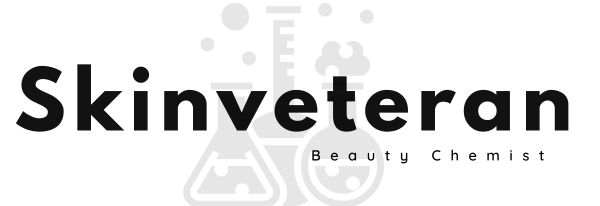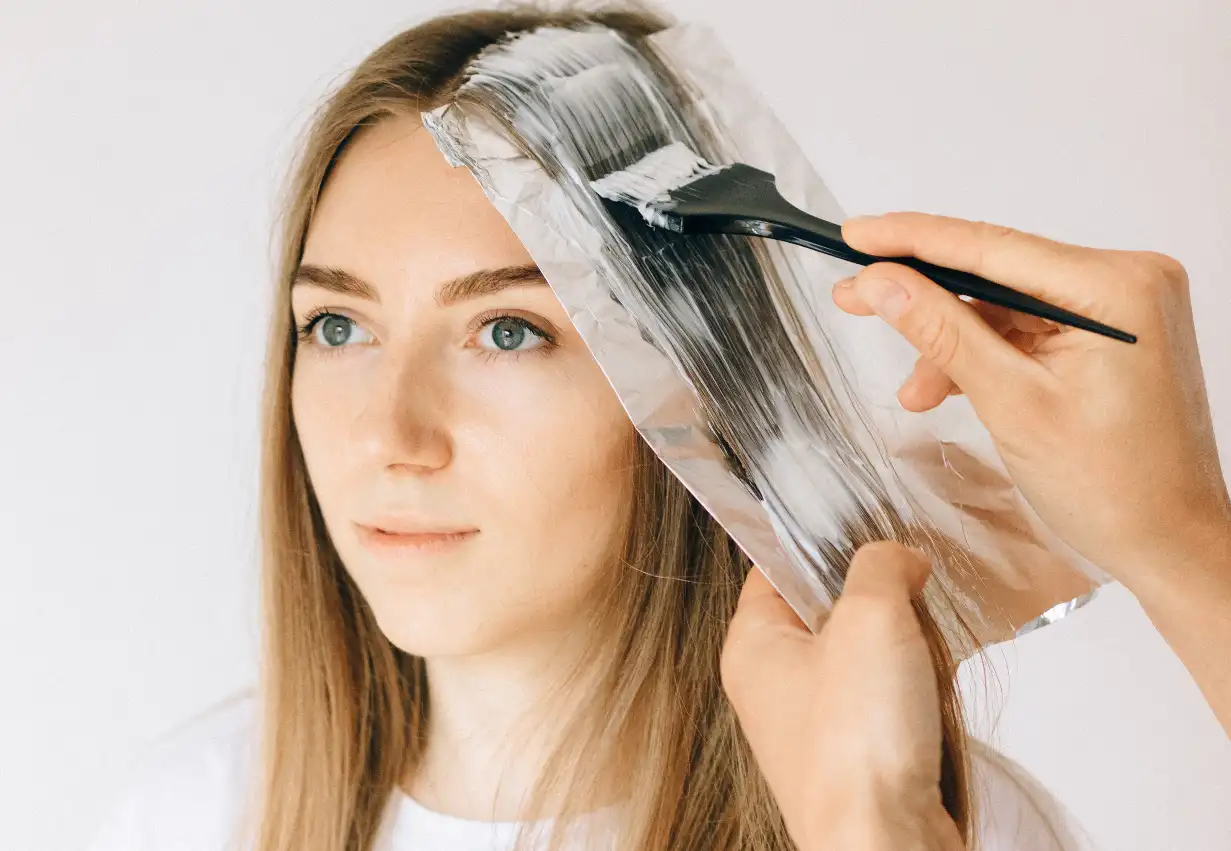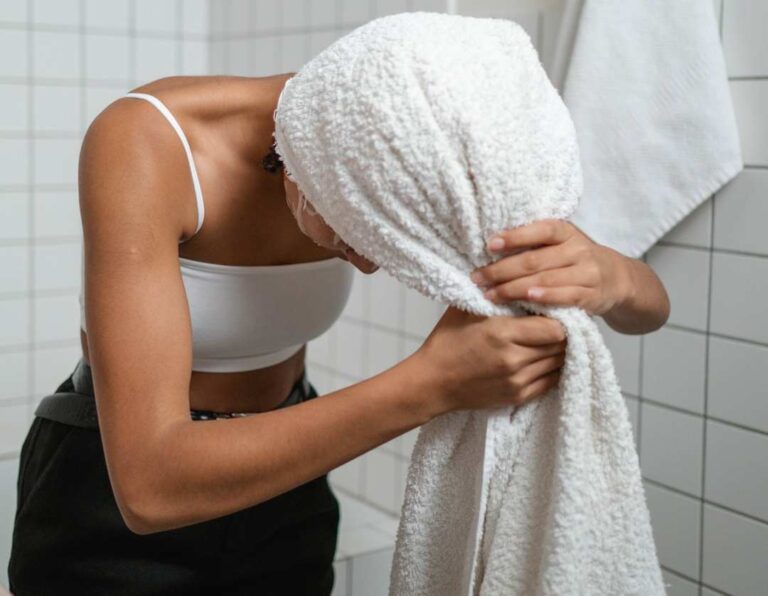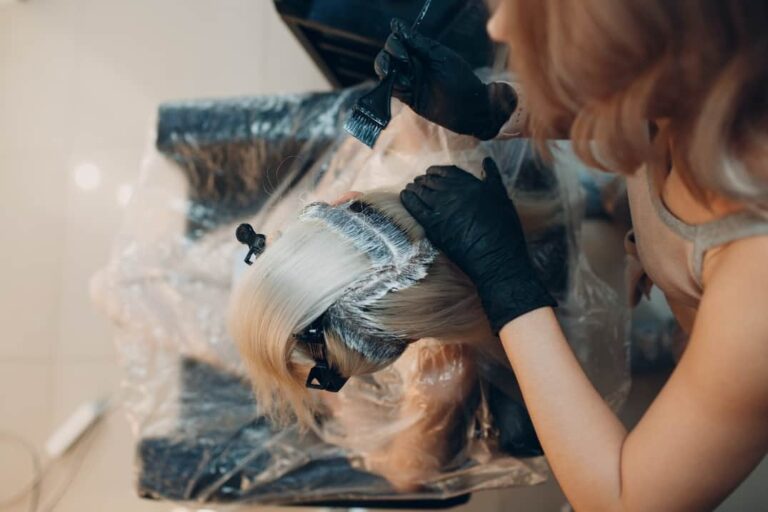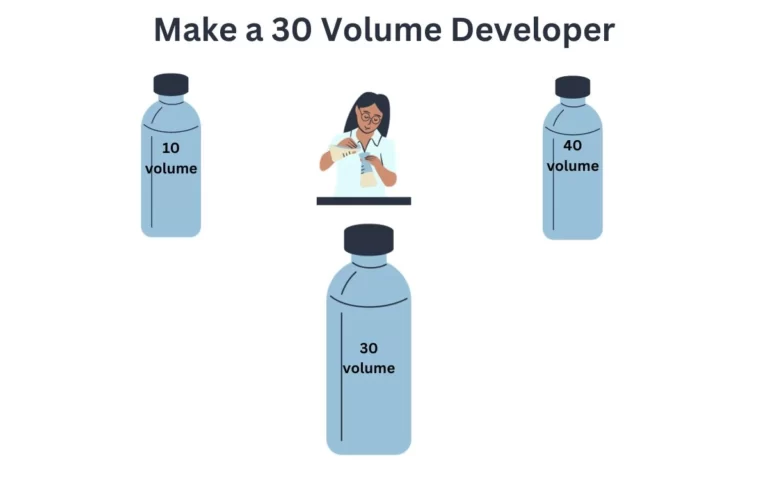Can Hair Be Too Greasy to Bleach? (Expert Opinion)
So, can hair be too greasy to bleach, or would it be a greater protective shield against the overprocessing of your locks?
Bleaching is the preliminary step of adding style to your look by changing your hair color. However, everyone disguises it because of the possible damage it can cause to hair.
It’s generally recommended to bleach your hair when it’s greasy with the sebum from the scalp. Yet, that sebum layer protects your scalp from bleach burn but not your locks to a greater extent.
If you are thinking of getting your hair too greasy by oiling it, or you naturally have very oily hair, consider a few things before bleaching it.
As a Biochemist with extensive experience in the haircare industry, I will provide an explanation based on scientific evidence rather than anecdotal stories or assumptions made by individuals.
There is a whole list of points to look at before going straight into bleaching your too-greasy hair. Otherwise, you might end up with brassy yellow hair or a low-level hair color lift. You surely won’t want another bleaching procedure.
I have explained when your hair can be too greasy to bleach and when you can go for bleaching your unwashed locks.
4 Cases Where Your Hair Can Be Too Greasy To Bleach
The idea of bleaching greasy hair comes from the misconception that oil equals total protection against bleach damage. For this reason, some brands have suggested letting hair go 2-3 days without washing before lightening.
Research has found that the practice of not washing one’s hair for an extended period of time, commonly known as the “greasy hair method,” may only provide limited protection against scalp irritation. However, it does not necessarily decrease overall damage to the hair.
1. Lifting Your Hair Color 3-4 Levels
What do you think – does oil seal or open the cuticle? If you guessed seal, you’re spot on. Greasy hair won’t allow the developer to reach the hair shaft quickly.
The oily barrier slows the lightening process. You’ll likely need a higher-vol developer so it doesn’t run out of oomph before fully lifting pigment.
More time under bleach means more damage too. So should you skip many washes before lightening for “protection”? Think twice. Grease and bleach don’t make great friends.
If you want to avoid your hair color turning brassy-yellow, I suggest not getting it too greasy, especially using coconut oil. Or not washing it for 3-4 when you already have naturally oily hair.
What to do?
Leaving your hair unwashed for 36 hours can help protect your scalp from irritation caused by bleach and prevent overprocessing of your locks.
2. Bleaching Dense, Textured Hair? Oil is Not Your Ally
Achieving even lightening with naturally dense and textured hair can be a challenge. The tight and compact cuticles resist allowing bleach to penetrate the hair shaft fully.
So this makes it difficult for the lightener to interact with the underlying pigment. As a result, each strand lifts unevenly.
On top of this resistant canvas, grease from unwashed hair further obstructs bleach pickup. The oil clogs the cuticle even more, creating an additional barrier against peroxide access into the cortex. It slows down lifting and can lead to splotchy results.
With both the natural composition and added oils fighting back, textured hair might not lighten past orange or yellow tones in one session. More rounds of bleaching would be needed, causing excessive damage over time.
Those with thicker hair types should skip one wash before bleaching rather than relying on grease for protection.
3. Want Subtle Lightening? Your Hair Can Be Too Greasy to Bleach
Want to lightly boost your hair a shade or two before coloring? Low-volume developers like 10 and 20 are great for that tiny lift. But here’s the catch – they barely work on greasy hair.
All that scalp oil and coconut oil you applied to “protect” your strands makes it crazy hard for the developer to do its thing. The oils block the peroxide from reaching your hair shaft.
So while it sounds good in theory, leaving hair dirty and oily makes those weak developers even more useless. For best results, wash away grease and oils first.
Let the developer actually access and lighten your hair, even just a little. Starting with clean hair gives it the best shot.
4. Bleaching Greasy Hair With Coconut Oil Layer?
Can coconut oil protect your locks while bleaching? It’s a common myth floating around online. But nothing can fully safeguard hair from bleach. Oil doesn’t form an invincible shield.
If you watch DIY videos, you’ll see the results – people coat strands in coconut oil, apply bleach, and still experience breakage.
The oil can’t prevent chemical damage from occurring. At best, it may limit how far up the shaft peroxide travels.
Rather than oiling hair pre-bleach, use coconut oil before and after lightening for real benefits.
According to a study on various oils for repairing chemical damage to the hair, coconut has stood most useful at preventing protein loss and recovering it later on.
Applying it a few days before seals moisture into the cortex. And coating strands after rinsing bleach helps replace lost protein and adds shine.
Take a gentle approach for better results – deep condition and protein treatment before and after. Reserve coconut oil for sealing in moisture afterward, not attempting to block out the bleach.
How Do You Minimize Hair Damage From Bleach
Adding Olaplex No.1 directly into your lightener mixture creates a protective bond inside the hair during bleaching.
This innovative hair-repairing formula helps repair disulfide bonds broken during aggressive bleaching.
Mix Olaplex as instructed, apply a lightener, and you’ll get noticeable results like celebrity stylist Brad Mondo.
A method to lessen the severity of bleach in a single session is gradual color lifting. For those seeking to lighten hair by 4-5 levels, it is recommended to divide the process into two separate sessions two weeks apart.
For the first round, use a lower volume developer, around 20 or 30, to gently lift only 2-3 levels. Then repeat the same action after two weeks. In the middle, treat your hair with coconut oil.
In the initial stage, opt for a lower volume developer, approximately 20 or 30, to gradually raise the hair color by only 2-3 levels. Repeat this process after two weeks. In the meantime, nourish your hair with coconut oil.
It gives hair recovery time and requires less hydrogen peroxide each time, minimizing damage.
Before and after lightening your hair, use deep conditioning treatments with reparative oils and keratin to restore lost moisture and protein.
Although bleach damage cannot be eliminated, some techniques can be used to minimize the damage.
Methods such as Olaplex, gradual lightening, and conditioning can make a significant difference.
Bottom Line
Understandably, there may be some confusion about properly protecting your hair when bleaching. While some people recommend not washing your hair for a few days beforehand, studies haven’t shown this to be particularly effective in reducing damage.
While natural oils from your scalp may provide some protection, they won’t be enough to prevent overall damage. Additionally, using oils like coconut can cause uneven lifting.
For the best possible results, it’s recommended that you use lower volume developers and products like Olaplex or gradual lightening.
Proper preparation, quality products, and post-bleach conditioning are important steps to minimize damage and keep your hair looking and feeling healthy.
